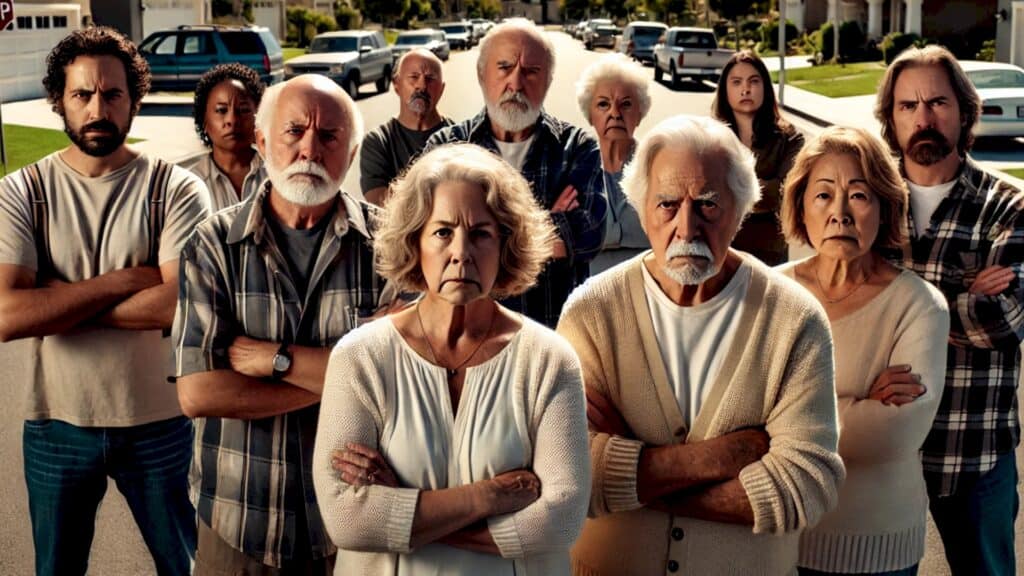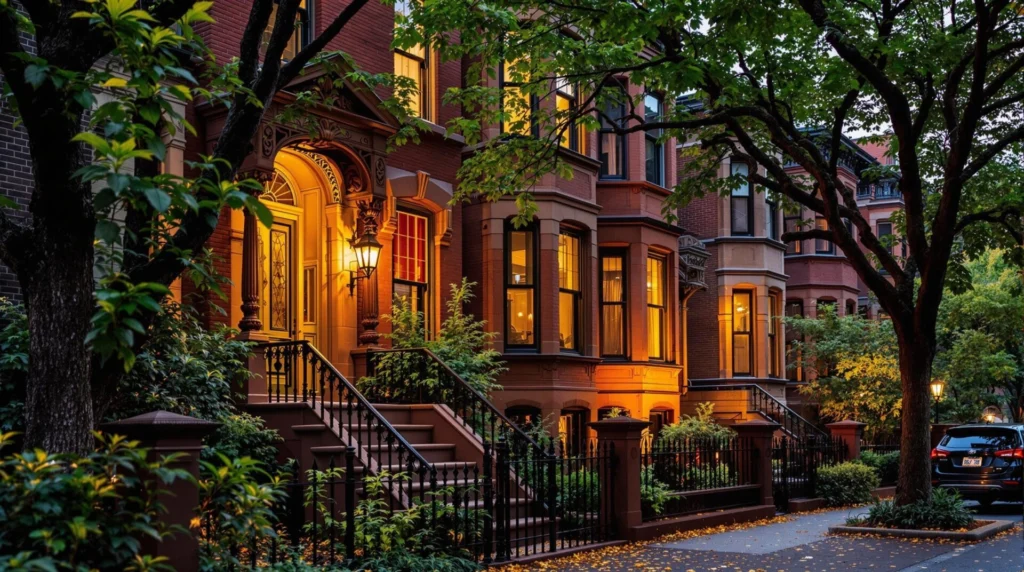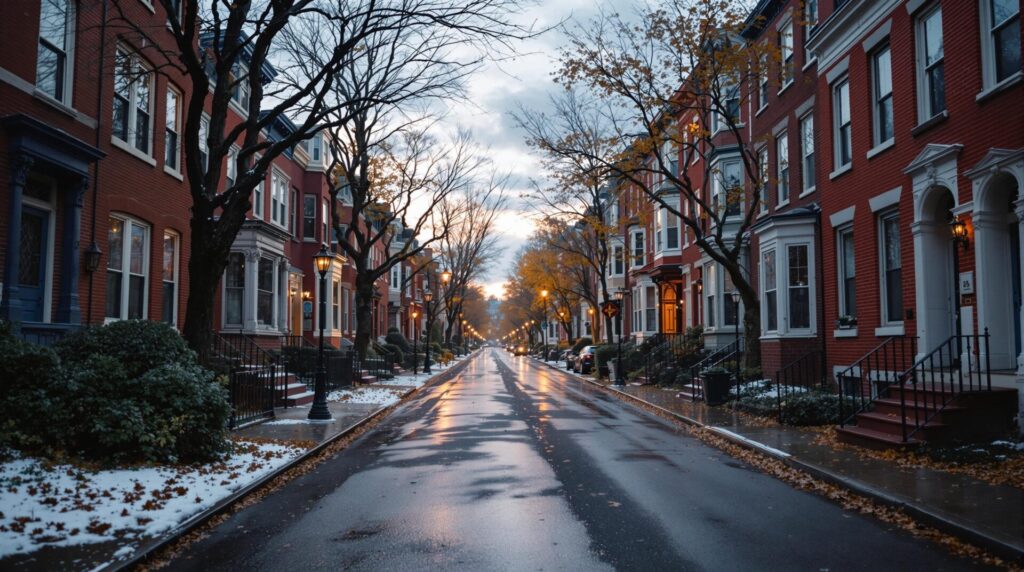Key Takeaways
- The predicted “silver tsunami” has failed to materialize, leaving real estate investors without the expected influx of homes.
- Baby Boomers are holding onto their properties, driving up home prices and creating a crisis of scarcity for investors.
- Alternative investment strategies like renovations, reverse mortgages, and build-to-rent developments are critical for survival.
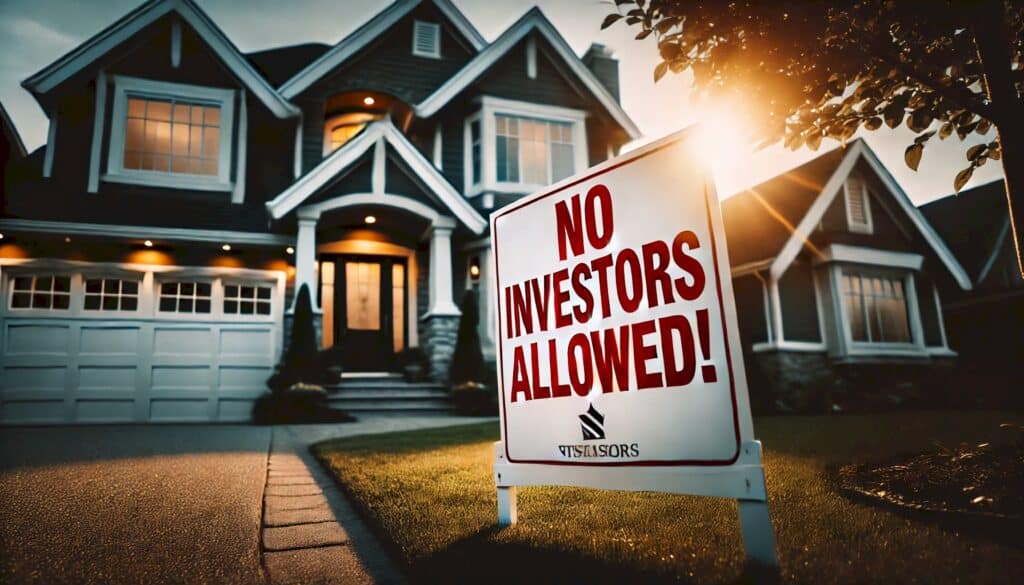
Equity-Packed Boomer Inventory on Perpetual Lockdown
The real estate world has been bracing for the “silver tsunami” — the massive wave of Baby Boomers selling their homes — that was supposed to flood the market with opportunity.
But that tsunami? It’s a mirage.
Far from selling, Baby Boomers are hoarding their homes, refusing to budge, leaving real estate investors high and dry in a brutally competitive market.
This shift could spell disaster for anyone banking on the aging population to unlock new opportunities.
The Forecasted Silver Tsunami: A Market Mirage
Five years ago, Zillow painted a hopeful picture for real estate investors: more than 27% of owner-occupied homes would be up for grabs by 2037, thanks to Boomers aging out of homeownership.
The expectation was that this surge of sales would provide a lifeline to investors, drowning in skyrocketing property prices and tight inventory.
The reality?
That wave has never hit, and it’s looking more like a desert than a flood.
Baby Boomers Refuse to Budge: The Nightmare for Investors
In stark contrast to the initial forecast, Baby Boomers are stubbornly staying put, and it’s causing an inventory crisis of unprecedented proportions.
A new report from Clever Real Estate found that over 54% of Boomers plan to live out their final days in their current homes.
Just 15% are considering selling in the next five years, leaving the real estate market dangerously stagnant.
For investors, this is nothing short of a catastrophe.
The homes you thought you’d be able to buy at a discount, flip, or rent out?
They’re locked behind the iron grip of a generation unwilling to move.
As the Boomers age, they’re clinging to their properties, pushing inventory lower, and inflating home prices to suffocating heights.
If you’re waiting for a flood of deals, prepare to drown in disappointment.
A Financial Fortress: Why Boomers Won’t Sell
The reasons behind this are as disheartening as they are clear. Baby Boomers bought their homes during a golden era, when prices were reasonable and wages could actually cover housing costs.
Nearly half of them purchased their first home for $75,000 or less, and 64% paid under $100,000.
RELATED CONTENT
Today, these homes have skyrocketed in value, yet Boomers are reluctant to cash in. Even though 65% of Boomers expect to pocket more than $100,000 in profit, and 40% anticipate raking in $200,000 or more, money isn’t enough to push them to sell.
What’s worse?
Boomers see their homes as the bedrock of their financial stability.
Over 76% of them credit homeownership as the key to their financial security, and many are terrified that selling would plunge them into economic uncertainty. It’s not just about profit; it’s about survival.
For real estate investors, this means fewer opportunities and higher prices, a combination that could gut potential returns.
Crisis Mode: Real Estate Investors Face Limited Options
As Boomers cling to their homes, real estate investors are left with scraps. The tight inventory, coupled with relentless demand from Millennials and Gen Z homebuyers, has created a perfect storm of scarcity. Consequently, many investors are finding it increasingly challenging to acquire properties that offer a decent return on investment. This intense competition has led to bidding wars that drive prices even higher, further squeezing the market. In this shattered era settlement overview, we can see the stark disparities emerging between aging homeowners holding onto their assets and younger generations desperately trying to secure their first homes.
Investors hunting for high-equity properties are finding that the pool has dried up, leaving little more than a few overpriced homes and a competitive nightmare.
Here’s what this means for you:
- Scarcity of inventory: With fewer homes coming onto the market, finding a deal is like hunting for gold in a desert.
- Skyrocketing prices: Limited inventory is pushing home prices to insane levels, destroying profit margins and making it nearly impossible to hit your target ROI.
- High equity locked away: Boomers sitting on homes with massive equity aren’t motivated to sell, meaning those golden opportunities are locked behind closed doors.
The Hidden Dangers of Aging in Place
Boomers are aging in place, refusing to move despite mounting concerns about their ability to maintain their homes.
A staggering 90% of Boomers admit they’re worried about the costs of home maintenance, yet still, they stay. Worse, they’re facing looming health issues that could make it impossible to remain independent in their homes.
According to Harvard’s Joint Center for Housing Studies, nearly 70% of adults will require long-term care services, yet only 14% can afford basic home healthcare.
What does this mean for investors? The market will remain strangled until health crises or financial strain force these Boomers to sell — but by then, those homes may require massive repairs or renovations, further eating into potential returns.
Surviving the Boomer Bottleneck: Alternatives for Investors
Real estate investors are left with few choices, and none of them are easy. To stay afloat in this storm, you’ll need to pivot and explore alternative strategies.
Hoping for a boomer sell-off?
You’ll be waiting forever.
Instead, consider these options:
1. Capitalize on Renovations
Many Boomers may not be selling, but they are struggling to maintain their aging homes. This opens up opportunities for investors willing to purchase properties in need of renovation.
With the right updates, these homes can be transformed into modern, highly valuable properties, but the upfront cost of renovations could cut deeply into profits.
2. Reverse Mortgages: A Dangerous Game
Some Boomers are opting for reverse mortgages, which allow them to tap into their home’s equity without selling. For investors, this could mean getting in on the action by offering to help with reverse mortgage arrangements.
However, this strategy comes with high risks and legal complexities. The payoff might not justify the effort, and you could find yourself entangled in a financial mess.
3. Build-To-Rent Communities: The Future Is Now
With existing homes locked up, investors should consider shifting focus to build-to-rent developments. These properties cater to younger generations unable to afford homes and older adults who may be downsizing or renting instead of buying.
While it requires significant capital upfront, the long-term returns can be more predictable and sustainable than the volatile resale market.
4. Target Multi-Generational Homes
As Boomers age, they may be looking for homes that accommodate multi-generational living.
Investors can tap into this niche by targeting homes or building properties that allow for family living with separate spaces for aging parents, which could provide a unique selling point in a crowded market.
Assessment: A Perfect Storm of Scarcity and Uncertainty
The “Silver Tsunami” that investors banked on has all but vanished, and in its place is a grim reality of tight inventory, rising prices, and limited opportunities. Baby Boomers, holding on to their homes with a vice-like grip, have fundamentally reshaped the housing landscape.
For real estate investors, this means adapting or facing financial extinction.
Investors can no longer rely on a wave of aging homeowners offloading their properties. Instead, they must explore alternative strategies like renovations, build-to-rent, and multi-generational housing to survive in this increasingly hostile market.
The housing crisis is here, and without drastic shifts, the future for real estate investors looks bleak.
No related posts.

